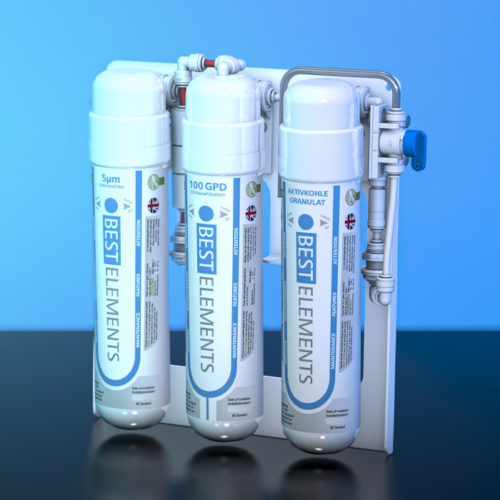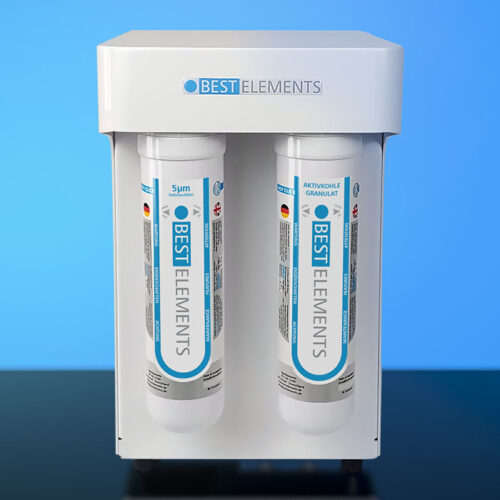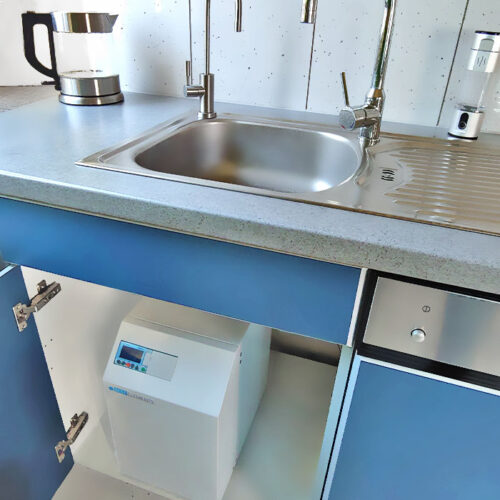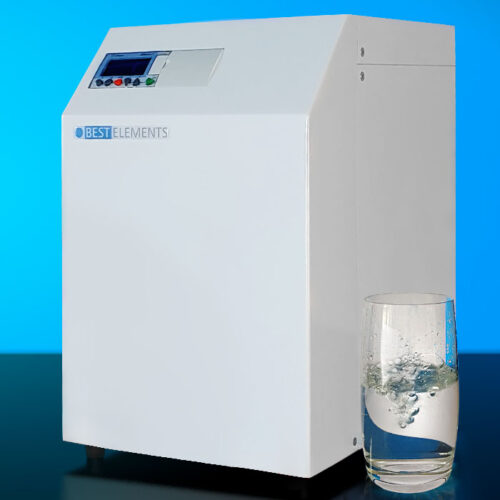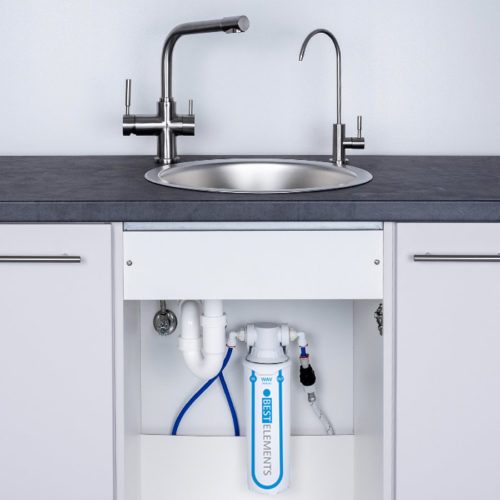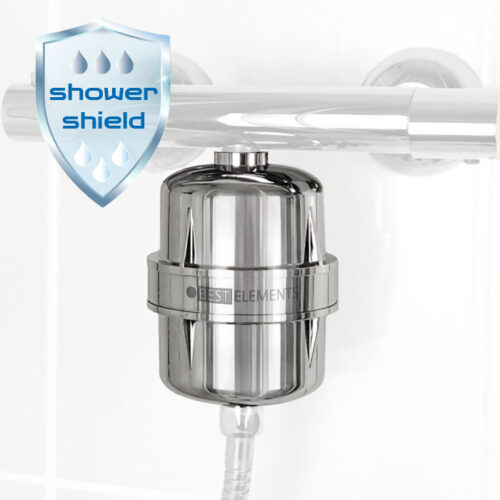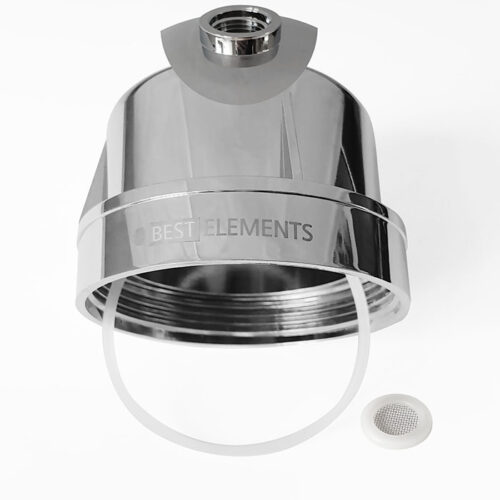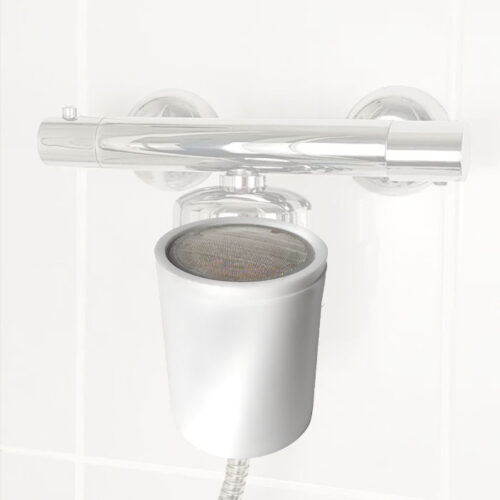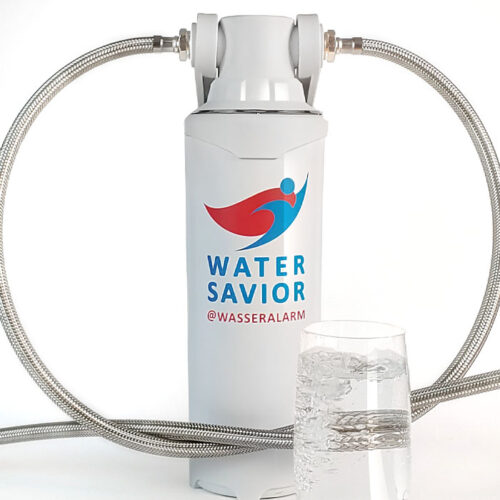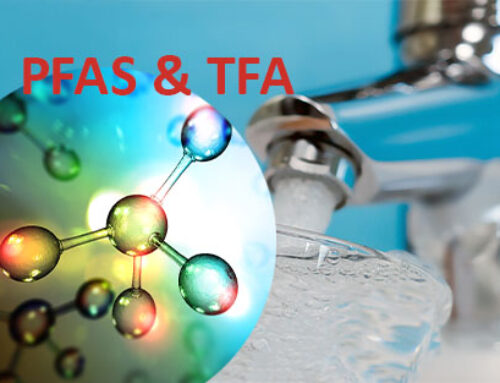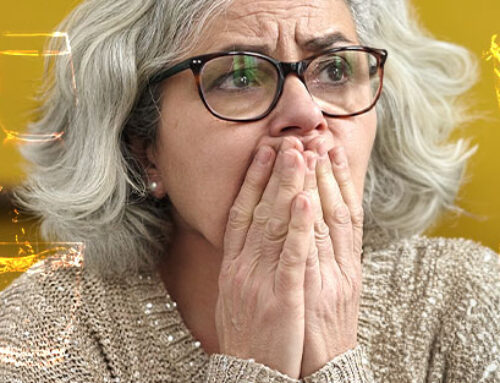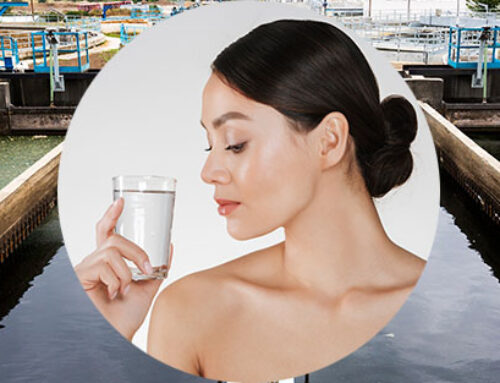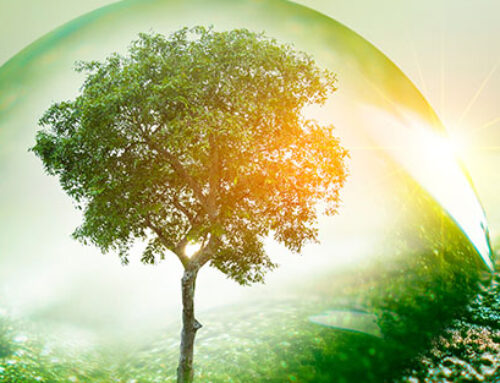Wastewater is included in our drinking water. But how dangerous is that?
“Our drinking water is clean” – at least that’s what about 90 percent of Germans think. But what most of them are not aware of: residues from our wastewater also find their way into drinking water.
In Germany meanwhile loads everywhere
Estrogens, painkillers … Humans themselves are the source of impurities, common substances:
Up to 90% of the substances are in the urine
50% of all Germans dispose of expired liquid medication in the toilet
Micropollutants in drinking water
Treated wastewater flows directly into rivers. What many do not realize is that our treated wastewater is not completely clean. The water that flows in rivers ends up in the water glass at home. Small amounts have dire consequences for our nature and the environment.
In the sewage treatment plant: trace substances cannot be completely removed from the clear water. Rivers like the Spree sometimes consist of up to 50% treated wastewater. More and more people are living in ever smaller spaces, are getting older and are taking more and more pills, so that the pollutants in the water continue to increase. For new trace substances, the Federal Environment Agency sets a health orientation value GOW.
Trace substances are our problem: “Simply no chance”
Medicines: antihypertensive drugs, X-ray contrast media, pain relievers
Experts say:
Experts say:
Drinking water power does not make us sick yet
Micropollutants are increasing
The consequences and risks cannot yet be assessed due to a lack of monitoring and studies
Medicines are substances that are highly effective in the organism even in the smallest quantities – this is what they were developed for
These substances are definitely already damaging our environment
Problem wird sich zuspitzen
Future topic: We have to get our water cleaner and protect valuable drinking water.
All in all, we need a good overall strategy for all the dirt in our drinking water. Further filter levels such as ozone are in the planning stage and laboratory tests. (Original sound from ZDF Terra X, source media library: https://www.zdf.de/dokumentation/terra-x/ist-zu-viel-abwasser-in-unserem-trinkwasser-100.html)

